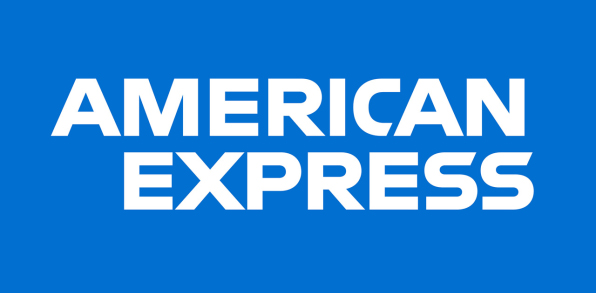Productivity tools achieve this by streamlining routine duties, facilitating collaboration, and enhancing team management projects. This feature is beneficial because it allows people, no matter where they are in the world, to keep in touch with their team and share the latest updates and information that everybody on the team needs.
Productivity tools involve necessary management features like time and task management; these help organize schedules and achieve set targets. The design should be simple and user-friendly so managers will not get overwhelmed by managing it. Also, all information should be displayed clearly to make it easy to find and use contact management details.
As we move into 2025, the demand for more innovative, AI-powered, and highly integrative productivity apps continues to rise. In this article, we’ll explore the top software apps significantly impacting productivity in 2025.
What Are Productivity Tools?
Productivity tools include many software programs created to make our jobs easier. Instead of making users feel overburdened by the to-do list, these solutions improve time utilization, reduce time waste, prevent distractions, and promote calmness and relaxation.
AI is also used in productivity apps to automate repetitive and easy chores. The convenience of monitoring and sharing with effective security must be a major consideration when choosing a productivity tool, even if the best option may vary based on personal demands.
Top Productivity Tools
Microsoft 365
The extensive data coverage and transfer across programs propelled MS Office to the forefront of the market and made work easier and more efficient. Essentially meeting most fundamental office requirements, the four main programs—Word, Excel, PowerPoint, and Outlook—cover everything from documents and spreadsheets to presentations and emails. Also, OneDrive provides online storage and backups to ensure your data is secure.
Although alternatives to Microsoft Office exist, most competitors strive to match Microsoft’s offerings rather than introduce innovative new functionalities. Consequently, Microsoft Office continues to be the office suite with the most extensive features.
Even if you opt for one of these alternatives, you will likely use document formats specifically designed for Microsoft Office and manage data from clients and suppliers who utilize the Microsoft Office platform.
Although MS Office has its detractors, nobody performs office productivity better than Microsoft overall, and the fundamental Office apps have not yet been improved.
Asana
Asana was founded in 2008, making it an established company in collaboration. It is used by major organizations such as Intel, Uber, Pinterest, and TED.
It has been designed from scratch to monitor employee performance and achieve the best results. Utilizing the platform, one can generate to-do lists for current projects, establish reminders for impending deadlines, and dispatch requests to colleagues. Team members can also allocate remarks to entries within the application.
With the built-in search feature, you can easily find previous work and arrange your projects in a list or board style. Asana is an excellent tool for staying organized and facilitating discussions about progress updates on tasks.
Trello
Trello is a well-liked and well-built tool for sharing, managing, and organizing everything from essential to-do lists to complex project management assignments.
Just dragging cards into a Trello board will get you started. Single tasks, deadlines, and priorities may be represented as cards. However, they may also be more comprehensive checklists with files and images attached and connections pointing to other locations.
There is an extensive repository of Power-Ups, which are custom cards designed to facilitate integrating many third-party services into your workflow. These services include, but are not limited to, Box, Evernote, GIPHY, GitHub, Hangouts, and Join.me, Mailchimp, OneDrive, Salesforce, Slack, SmartDraw, SurveyMonkey, Twitter, ZenDesk, among others.
In addition to cutting-edge features that make it easier, Trello provides several collaborative tools for managing projects. For example, when the Cloud Aging power-up is activated, cards that have not been used for a long time start to fade, maybe become yellow, and eventually break. This massive time-saver allows users to spot unused cards on even the busiest boards quickly.
Todoist
With a dash of project management thrown in for good measure, Todoist falls between time management tools and to-do lists. Even though it touches on various genres, the application is still user-friendly, allowing you to easily handle several projects and quickly understand what needs to be done.
The app or website summarises your tasks, appointments, and other information you track daily and weekly. If you work in a team and find your workload is becoming too heavy, you may delegate tasks to others.
Miro
Miro is a collaborative online whiteboard, diagramming, and presentation software. It might also include video conferencing and mind mapping. It is all a team effort. You may use it alone or with other people editing simultaneously to sketch a concept or make a presentation.
With Miro’s integrated screen sharing, video, and voice calling features, you can present your work or discuss how you work. You can also show media from other applications, such as Asana cards or Vimeo films. Miro may seem like a jumble of concepts, but what sets it apart is how simple it is to learn and use.
Clockify
Clockify is a basic stopwatch to quickly record your time working on different projects. Start the timers, add labels, descriptions, and project details, and hit stop when finished. Timers may be configured to begin automatically upon opening your browser, eliminating the need for manual activation.
Clockify connects with Trello, Asana, Jira, Todoist, and others, allowing users to access extensive information and analyze their time expenditures via the website and applications.
To maintain constant access to Clockify without reserving a browser tab, you will be delighted to know that a browser extension for Chrome and Firefox provides immediate access with a single click. Mobile applications and desktop versions are available for macOS, Windows, and Linux.
Which productivity tool is best for you?
Considering your demands is the first step in choosing a productivity tool to download and use. Sometimes, free platforms only provide basic possibilities, so it can be worth paying for a commercial platform if you want sophisticated capabilities.
Consider the features you may need before looking at free or inexpensive software; the diversity of capabilities offered in premium software may meet any demand.
Final Thoughts
AI-driven productivity tools that automate tasks enhance collaboration, and provide intelligent insights have dominated the 2025 landscape of productivity apps. Whether streamlining workflows, improving team communication, or optimizing time management, these software apps help you work smarter, not harder.
As technology evolves, staying updated with the latest productivity tools can give you a competitive edge. Which of these apps are you most excited to try in 2025? Visit us here at the Softvire online software store now, and let us know in the comments!



